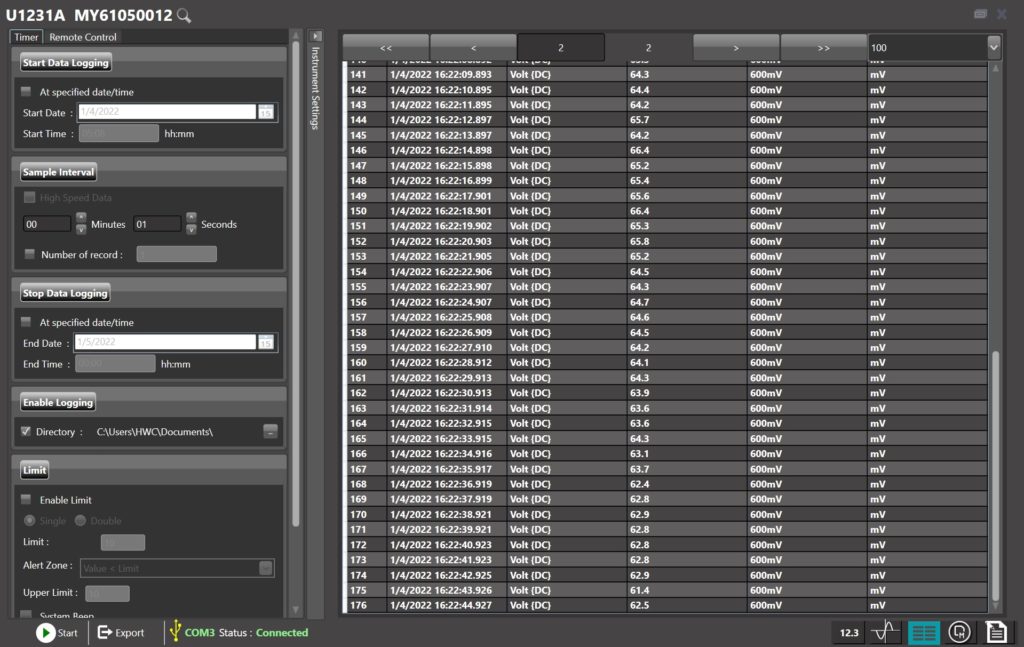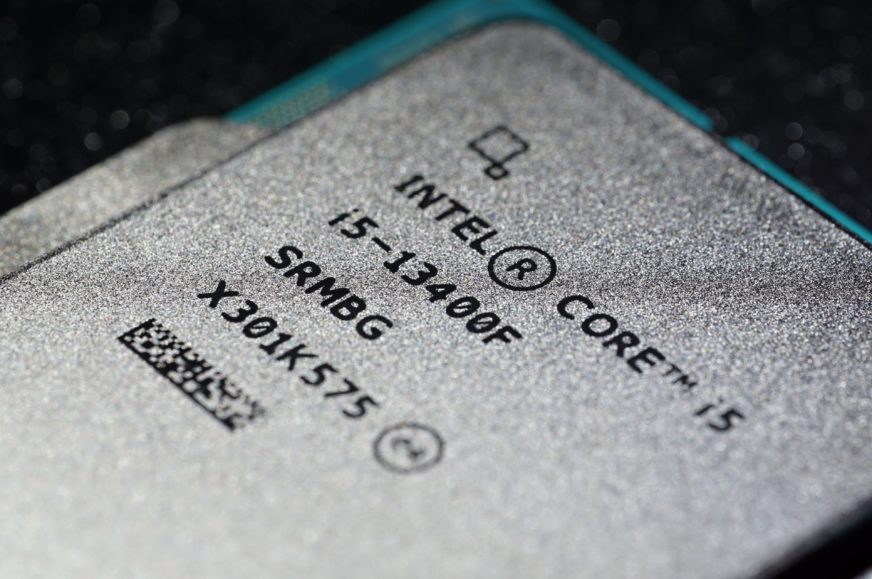Average CPU power draw
With the little (E) cores turned off, the Core i5-13400(F) becomes a 6-core processor with 12 threads in the same way that the older Core i5-12400(F) is. This intergenerational comparison is also a side product of tests main goal of which is to show the impact of E cores not only on computational and gaming performance, but also on operational characteristics. The biggest differences occur in the situations that mainstream PCs run into most often.
Average CPU power draw

Continue: Achieved CPU clock speeds
- Contents
- Intel Core i5-13400F without E cores
- Performance tests
- Memory and cache tests
- CPU power draw curve
- Average CPU power draw
- Achieved CPU clock speeds
- CPU temperature









Very interesting as always. Although only a preliminary assessment, it’s definitely a thing to throw in “E Cores useless for gaming” debates. 2W on idle is just crazy efficient, and a big argument for people who spend a lot of time browsing, coding, afking, and so on.
I cannot believe that the idle power of 2w vs 20W is just because of E-cores take care of all the background tasks. 13100f seems to idle at ~2W as well (w/o any E-cores), while, e.g. 13700k (with plenty of E-cores) idles at ~17W.
I understand that this seems unlikely to you, especially after the deduction you make regarding other processors.
Yes, you’re thinking correctly, that Core i3-13100F doesn’t fit the low power draw theory thanks to the E cores. However, it’s good to note that the Core i3 is the only processor of the Raptor Lake generation built on a H0 die. When you look at a comparison of Core i5-12400 steppings, you’ll see that the biggest difference in power draw is in idle, where stepping H0 is significantly more low-power. It doesn’t drop to 2W, but the difference in power draw is very significant, and there is clearly potential to further reduce it in newer processors by tuning the aggressiveness of the power supply. Even more so when it has two less active cores. Core i5-13400F in the two cases use different dies that behave differently.
It is true that the same die is also used by Core i7-13700K, but this processor does not reduce the multiplier to 4 (as Core i5-13400F), the minimum is 8 (800 MHz) and higher clock speed requires more aggressive power supply. Certainly, compared to the Core i7-13700K, it seems that the Core i5-13400F must be lower-power, but it is not. Except perhaps for the manufacturer of these processors, few can say for sure why and for what reason exactly it is the way it is. But the results are indeed correct, we know that 100%, because we have spent a really long time on the measurements. And the reason why the Core i5-13400F has higher idle power draw may be due to a lower tolerance for die quality than the Core i7-13700K, which can be run more efficiently.
Anyway, you have at your disposal all the documents for the reconstruction of the test methodology, so if necessary, everyone can verify our conclusions, for their own conviction, on the basis of their own experience.
Thanks for your reply! I have to admit that my understanding of stepping, dies and all that is extremely superficial.
I think that idle power draw is an intriguing question. Obviously, it also depends on what background tasks are running. What exactly is “idling” these days where people typically keep a bunch of browser tabs, discords and such open? Maybe worth a closer look one day?
I take the liberty to add some additional information to this topic, interspersed with hypotheses.
As mentioned above, the Core i3-13100F uses a different die than any of the Core i5-13400F processors. One of the quite significant differences is also in the clock speed management. While Core i5-13400F (and maybe also higher classes of 65W Raptor Lake processors with locked multiplier) drops the multiplier down to 4 (400 MHz) outside of load, Core i3-13100F is still at 8 (800 MHz) similar to (probably all of them? ) CPUs from the Alder Lake generation (among which, of course, we now do not count Raptor Lakes stepping C0). So it is likely that between generations, when stepping H0, Intel changed the approach to power supply and it is significantly less aggressive in the Raptor Lake generation and it is enough for stable operation. However, you can still see in the results that the power draw of the Ci3-13100F is still a bit higher than Ci5-13400F, which can use Gracemont cores very efficiently at low load.
And what qualifies as “operation outside of load”? In our case it’s a relatively clean OS interface, where only the things we use for testing run in the background, typically various launchers, but if there were more applications and more work for the processor, it’s possible that even those Core i5s might not fall down to 400 MHz on P cores anymore. In that case (with 800 MHz) the power draw would already be at the level of the power draw with E cores disabled. Extremely low power draw is required for the extremely low power draw. It is possible that we will investigate these things further in the future. Perhaps we could analyse which activities are still about 2 W and which are already at 18 W?
Yes, please examine those activives around 2w of testing – or do a new reference solution with core activies – i.e. a bit of file i.e. smb and network I/O from time to time. Idle should also include connected I/O allthough close towards no traffic. I.e. 10 kb/s and down.
So define idle (which is NOT standby) but more or less passive use like above. And lets see in those test results if e-core give meaning, can perform <= 2-5W or whatever less in such an idle context.
Else power draw for the CPU will be at least approx 15+ watts.
Please include 13400 and 12400 next time. Gfx is still interesting for those of us who use them for test servers. I.e. no external gfx. Power draw should be 12w+ which should be less than external gfx considering the entire power draw for a full system.
In the text around the methodology for processor tests (power draw measurement section) we define what idle means. It represents running with the OS on the desktop with some applications in the background (these are typically the launchers and shortcuts we use for testing). Of course, at higher overheads the power draw can be higher if the P cores get to a higher activity, where the clock speeds are increased to 800 MHz, which of course puts a higher demand on the power supply (power draw will be higher). There can be several of these operating models and we use one of many. But I would not consider it “stand-by”. Such low power draw is kept under Windows in our conditions, for example, even when writing in a text editor, which can be considered as light office work.
BTW I think there is a little problem with the power draw curve … because its 13400F (F: without gfx +12w) compared to 12400 (with an extra +12w or so). Should it not have been 12400F in the test?
But it doesn’t work like that, the iGPU is inactive on the Ci5-12400. Note the difference in power draw between Ci5-12400 (C0) and Ci5-12400 (H0), where stepping H0 draws significantly less power. Ci5-13400(F) has such low power draw because, unlike Alder Lake generation (and Ci5-12400), it runs at half the clock speed (400 MHz) of P at very low load and uses the power-efficient E cores to run the system (and background applications).
It seems that disconnecting the core doesn’t quite do what we expect it to do. Since the boost behavior is also different, it means that these 4 disabled cores may not be used, but they do not go down to low C states and C6/C10 does not work.